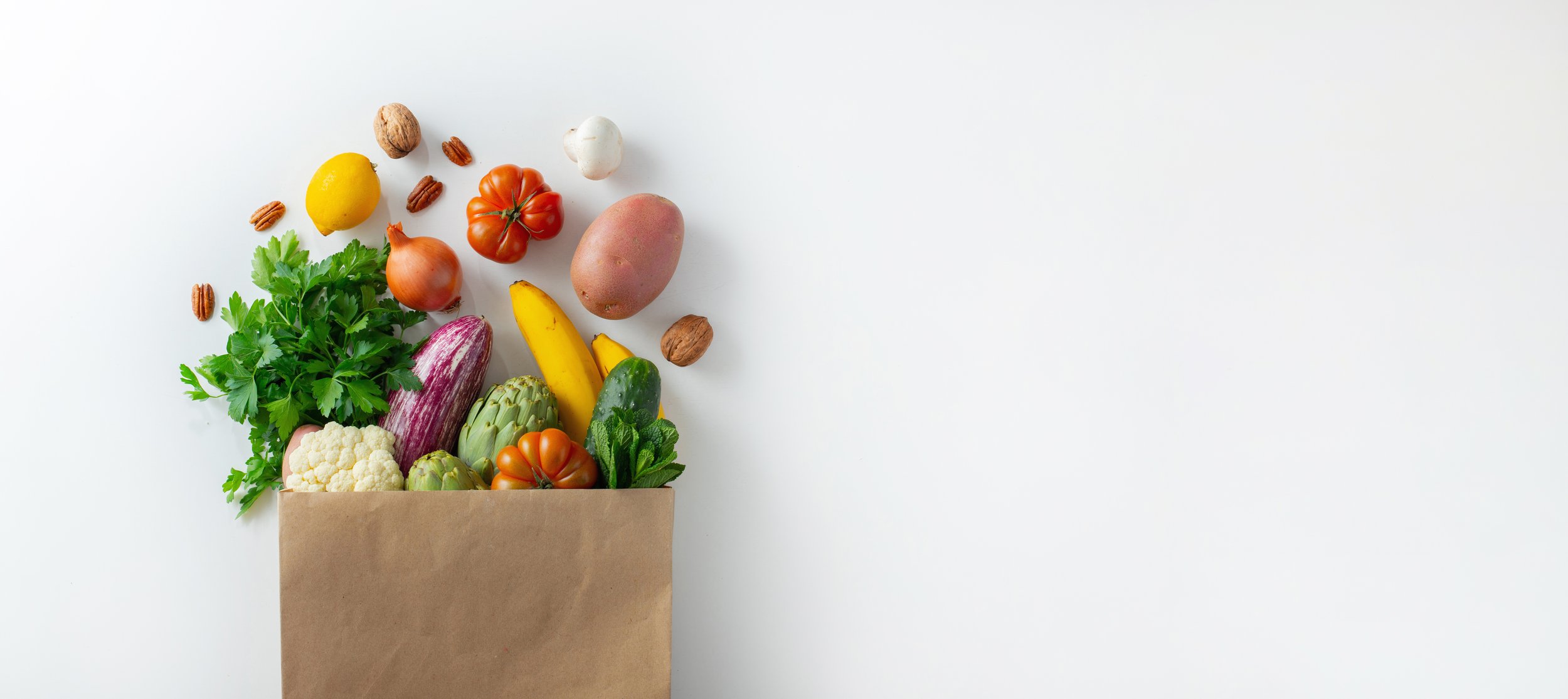
Food is Medicine
What is “Food is Medicine”?
Nourishing your body with nutritious food is like providing it with a unique form of medication. Just as medicine aids recovery, incorporating colorful fruits, vegetables, whole grains, and lean proteins into your diet supplies essential nutrients for peak health. Optimize your health journey by acknowledging the synergy between food and well-being.
Imagine your body as a superhero, fueled by foods like berries, broccoli, and spinach acting as potent elixirs, enhancing strength and readiness. On the flip side, excessive intake of sugary and ultra-processed foods can impede progress. Pay attention to your body's signals and make choices that contribute to health and well-being.
In the quest for nutrition security, recognizing the profound impact of food as medicine is crucial. This concept aligns with Food Equality Initiative’s mission to fight for nutrition security and health equity and ensures universal access to nourishing foods regardless of socio-economic circumstances. Nutrition security extends beyond personal well-being, and by understanding the powerful role of food, we contribute to FEI’s vision of a world where every person has access to the food needed to thrive regardless of economic status. This effort empowers individuals and communities for a future where nourishing food is a human right.
“Promoting the concept of food as medicine is essential for proactive and preventative healthcare particularly for chronic conditions. By emphasizing a nutrient-rich diet, personalized nutrition and nutrition education, and community engagement, we can collectively work towards improving the well-being of individuals, including those often underserved due to systemic racism, and fostering healthier communities for future generations.”
-ERIN MARTINEZ,
CEO OF FOOD EQUALITY INITIATIVE
The Barriers to Healthy Food
FOOD DESERT, FOOD SWAMPS, & FOOD APARTHEID
Food deserts occur when healthy food options are not within a half-mile in an urban setting or within 10 miles in a rural setting. Food swamps are places where unhealthy food options (fast food restaurants, convenience stores, etc.) outnumber healthy food options (grocery stores, sit-down restaurants, etc.). If you live in an area with a food desert or food swamp, regular access to healthy food options is difficult and requires significant effort. A new term being used to describe this situation is food apartheid, meaning that it was calculated and a product of a racially and economically-biased system instead of a natural occurrence.
EXPENSE OF FRESH FOODS VS MANUFACTURED FOODS
Fresh food, which is generally more packed with nutrients, is more expensive for many reasons, the main two being that it takes more human labor to harvest (instead of machines) and because the US government does not subsidize its production (like it does with wheat, soy, and corn). This trickles down into the prices we see in our supermarkets.
COST OF SPECIAL DIETARY NEEDS
For many diet-treated diseases, like food allergies and celiac disease, the only treatment is a specialized diet, avoiding certain foods in order to maintain health and wellness. But these specialty food items do not come cheap. In order to get the free-from foods their bodies require, people diagnosed with diet-treated diseases have to shell out significantly more money at the grocery store. (Not to mention that government assistance programs such as WIC and SNAP rarely cover the items needed.)
FOOD COST COMPARISON
LACK OF EDUCATION
The more information people have about the relationship between nutrient-dense food and overall wellness, the healthier diet choices they make. However, this information about nutrition and health is particularly lacking in under-resourced communities.
MOBILITY
If you do not have access to a car, it is harder to get large quantities of groceries. Fruits and vegetables generally weigh more than processed foods in boxes and bags, which you have to take into account if you are walking or taking the bus to and from the grocery store. You can only buy as much as you can carry. Additionally, the further away you live from the grocery store, the more money you are spending on gasoline and wear & tear on your car.
TIME
Time is a resource and we do not all have equal access to it. The more time you can dedicate to cooking in the kitchen, the easier it is to eat healthy foods on a regular basis. If you are working full-time or even overtime, there is less and less time and energy available to be spent in the kitchen, so fast food becomes even more attractive.
“We have health insurance programs that help make sure everyone has access to prescription medications, but we don’t have any healthcare that gives people equal access to food, especially medically necessary foods. So families that have less resources are often at a disadvantage.”
– JULIA M BRACKEN, MD
GASTROENTEROLOGY, CHILDREN’S MERCY HOSPITAL, KANSAS CITY
The Solution
Every year on September 14th, we bring attention to the fact that access to and education about nutritious food will reduce medical costs and improve overall health for under-resourced families and individuals.
Together, we can remedy this food crisis by focusing on getting people the nutrient-dense food that is the medicine they need.






